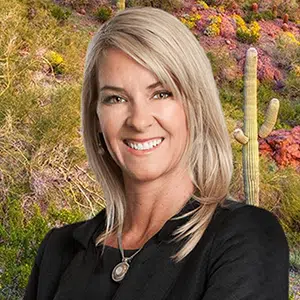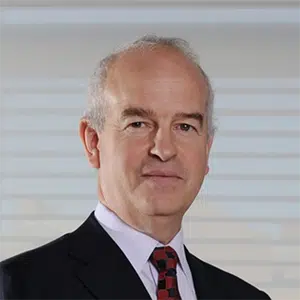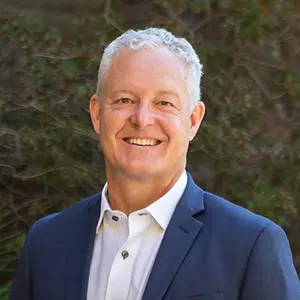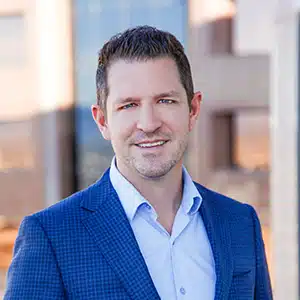
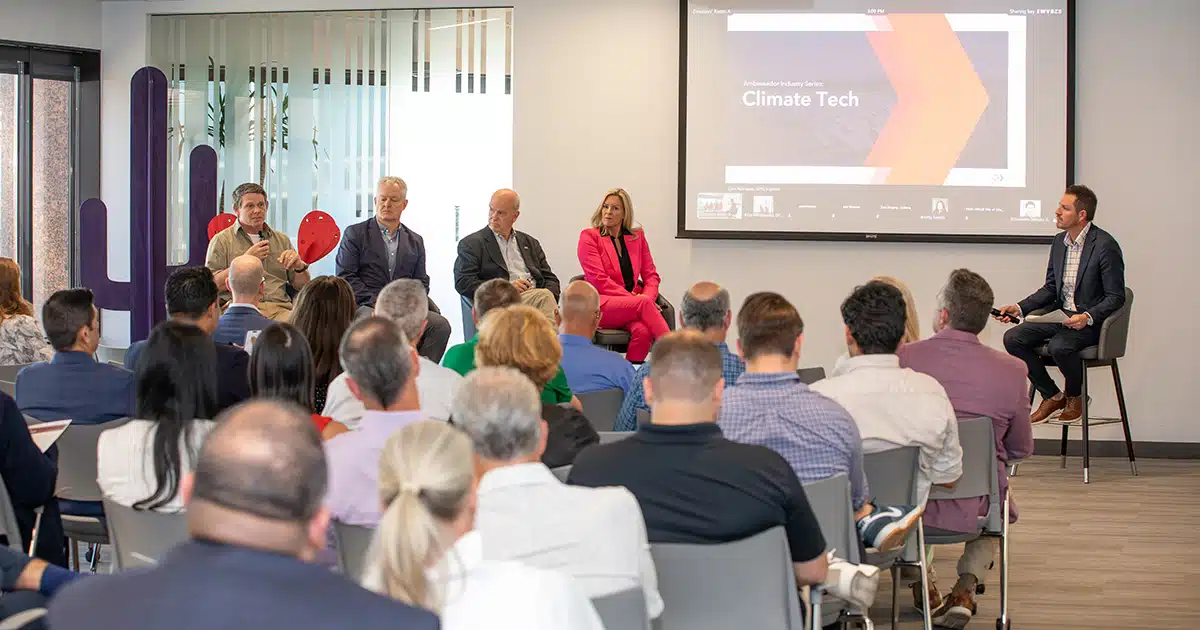
Ambassador Event: The Future of Climate Tech
Published: 04/07/2025
Advancing the energy grid and sustainability efforts through climate technology in Greater Phoenix
As Greater Phoenix has grown as an advanced manufacturing hub, leaders, innovators and entrepreneurs have set their eyes on the next stage of industrial growth: climate technology. The development of this crucial industry will advance the power grid and create sustainable solutions for people and companies.
Local leaders joined a recent Greater Phoenix Economic Council (GPEC) Ambassador Event to discuss advancements and challenges in this industry. Panelists for this event, adjacent to the release of the Future of Climate Tech report, were:
- Adrian Corless, CEO of CarbonCapture
- Michelle De Blasi, Partner and Founding Member, Law Office of Michelle De Blasi PLLC
- Gary Dirks, Senior Director of ASU Global Futures Laboratory and Director of LightWorks
- Chris Erickson, Founding Partner, Pangaea Ventures
- Moderator: Chris Camacho, President & CEO, GPEC
The development of climate technology will contribute to the capacity of utility companies to power businesses with a broader mix that could include solar and battery, wind, natural gas, and nuclear in addition to traditional forms.
Why the Greater Phoenix climate technology ecosystem is growing
Innovative companies have joined the Greater Phoenix climate technology ecosystem, exploring opportunities to enter a young market with strengths in high-tech advanced manufacturing, a strong talent pipeline and a growing population. CarbonCapture Inc., which is based in Los Angeles and has raised $90 million in capital, is building a manufacturing facility in Mesa to capture carbon dioxide from the atmosphere.
“You’re going to need to engineer solutions. The technology and the skillsets and the things that ultimately will build this pretty large industry are similar to the energy industry,” Corless said. “We’re probably the only company in the direct air capture space that has made the decision at this point to also invest heavily in the development of supply chain and manufacturing capacity.”
Carbon Capture is part of an Arizona State University-led (ASU) collaboration that received $11.2 million in funding from the U.S. Department of Energy as part of the Bipartisan Infrastructure Law (BIL) to build the Southwest Regional Direct Air Capture Hub. This is one of several projects ASU has constructed to develop climate solutions, including Energy Forward, the School of Sustainability, and the Center for Negative Carbon Emissions and Carbon Collect.
There are about 83,000 Arizona clean energy jobs and more than $800 million in venture capital was invested in climate and clean tech companies between 2020-24. Entrepreneurs have leveraged an increase in VC opportunities over recent years through funds like Pangaea, which is dedicated to tech companies developing environmental and climate solutions and has raised about a quarter of a billion dollars in active funds, Erickson said.
“We’ve invested in climate sustainability for a long time,” he said. “We’ve got companies in carbon capture, solar, batteries, circular economy (and) recycling.”
Read the full Future of Climate Tech report here.
Synergies between industries
There’s a promising future for climate technology in Greater Phoenix for a variety of reasons, ranging from natural benefits of the region like the number of sunny days contributing to solar capacity, depth of in-market advanced manufacturing, and a robust education system. ASU’s Energy Forward program seeks to create resources and research opportunities based off this convergence through a model that Dirks called an “ecosystem.”
“There are about 200 faculty and senior staff who are part of that ecosystem covering everything from English all the way to engineering and pretty nearly everything in between,” he said.
As artificial intelligence continues to advance, data centers and power capacity will be of increased importance. Utility companies have worked closely with industry partners and public organizations to develop plans to maintain energy reliability as industrial growth continues.
“There are immense opportunities coming,” said De Blasi, who is also the Executive Director of the Arizona Energy Consortium. However, she added that companies and utility companies need to work together to ensure power demands can be met.
“You might have all the announcements in the world that you want about expansion, but if you don’t have power to do it and you don’t have the air permit to do it, you’re not doing it,” she said.
Arizona is one of the leading markets for solar power, with the fifth-highest capacity in the nation and second-most residential installations, but long-duration batteries still need further development for more widespread use in industrial capacities. Battery companies in the region like Li-Cycle and LG Energy Solution will be at the forefront of driving this growth. The development of natural gas will also be a key for supporting energy loads, and in the long-term, addition nuclear power to support the production of Palo Verde Generating System will allow an increase of clean energy for operators and residents.
“There’s tremendous opportunities for Arizona to be stepping up to the challenges that are going to be posed across clean tech and especially in clean energy,” Dirks said. “We should try to look through the current situation and keep an eye out a decade or so. I don’t see anything but opportunity.”
Greater Phoenix leadership can address uncertainties
In addition to addressing the energy grid to ensure sustainable power, leaders in the industry are watching the federal government to see what changes to grants and incentive programs will be made under the Trump Administration.
There has been broad uncertainty to whether elements of the Inflation Reduction Act, including tax credits, grants and apprenticeship programs, will be cut. Corless said the Section 45Q Tax Credit for carbon capture projects appears to have wide bipartisan support, but the removal of this could threaten carbon removal projects. This underscores the importance of continuing to strengthen the Greater Phoenix capital ecosystem to help maintain the momentum and long-term outlook of climate technology development.
Greater Phoenix leaders have a long history of smart, intentional collaboration that has allowed industry to grow without threatening quality of life, including the 1980 Groundwater Management Act and the autonomous vehicle-related orders beginning in 2015. State leadership will continue to work together to address the power grid and funding opportunities.
“We’re going to continue to be a very high-ingenuity place that will find ways to meet the needs of our industry,” Camacho said. “That is one thing that Arizona has always done — find ways to work through complex times.”
Meet the Panel
Michelle De Blasi
Partner and Founding Member
Law Office of Michelle De Blasi PLLC
Adrian Corless
CEO
CarbonCapture
Gary Dirks
Senior Director, ASU Global Futures Laboratory
Director, LightWorks
Chris Erickson
Founding Partner
Pangaea Ventures
Chris Camacho (Moderator)
President & CEO
Greater Phoenix Economic Council
